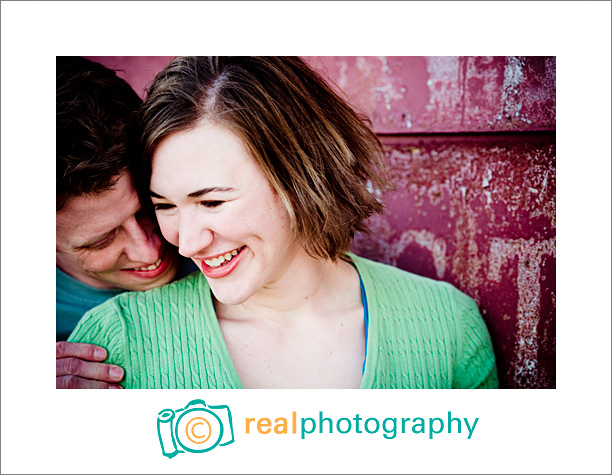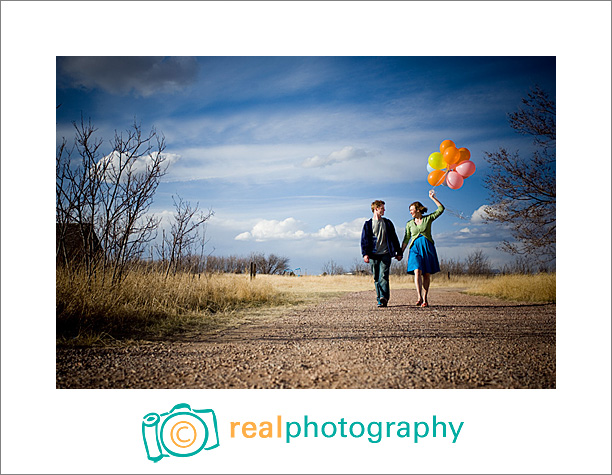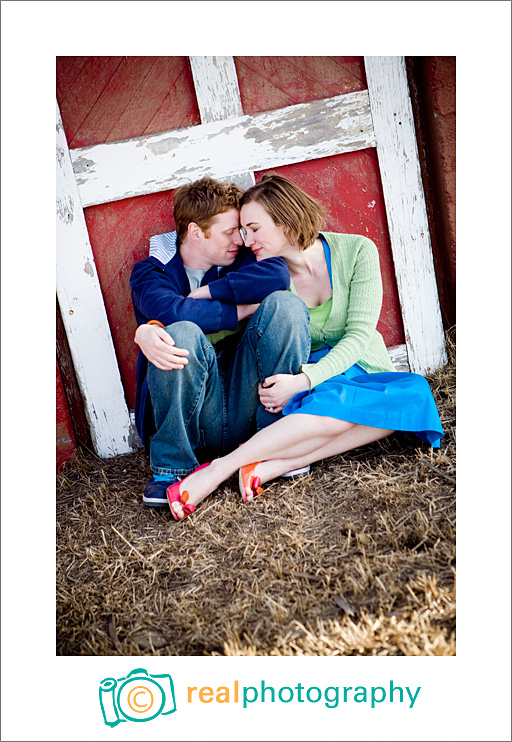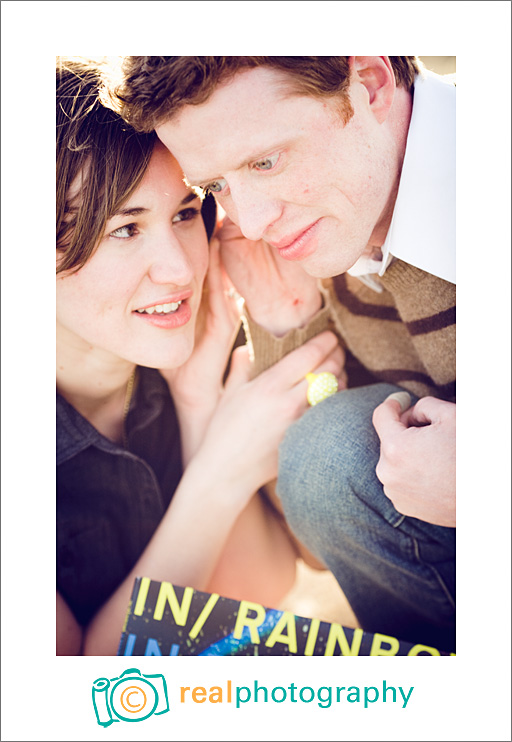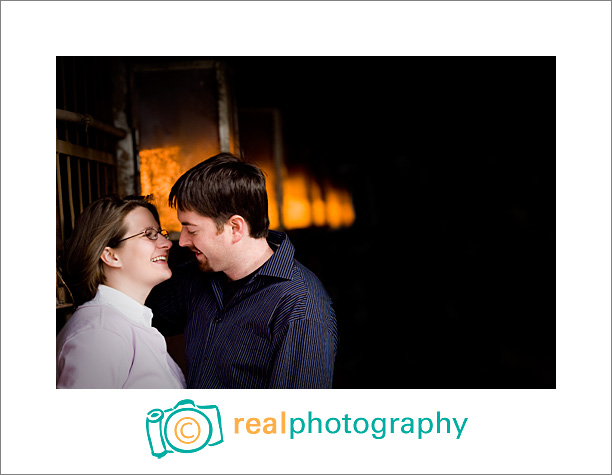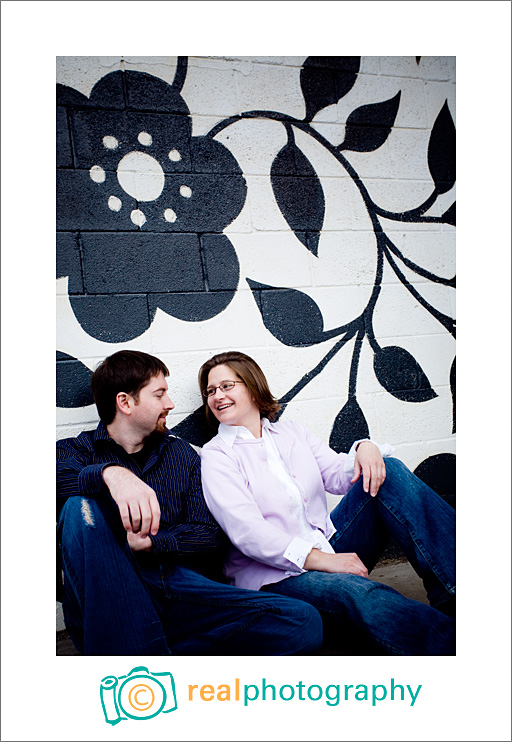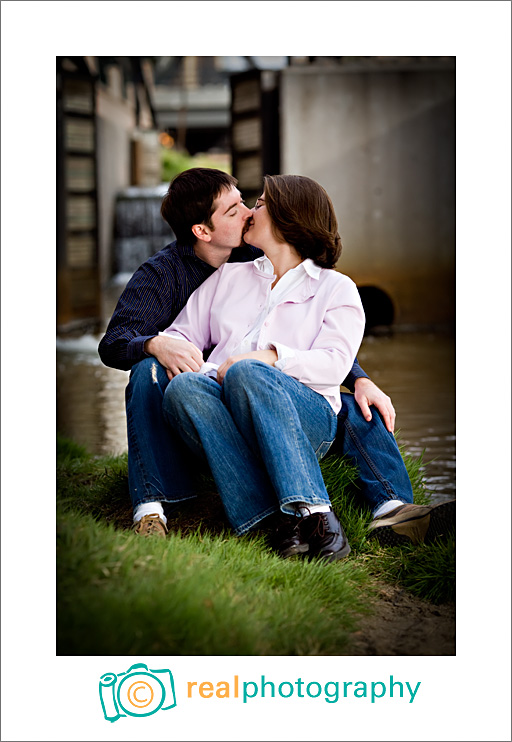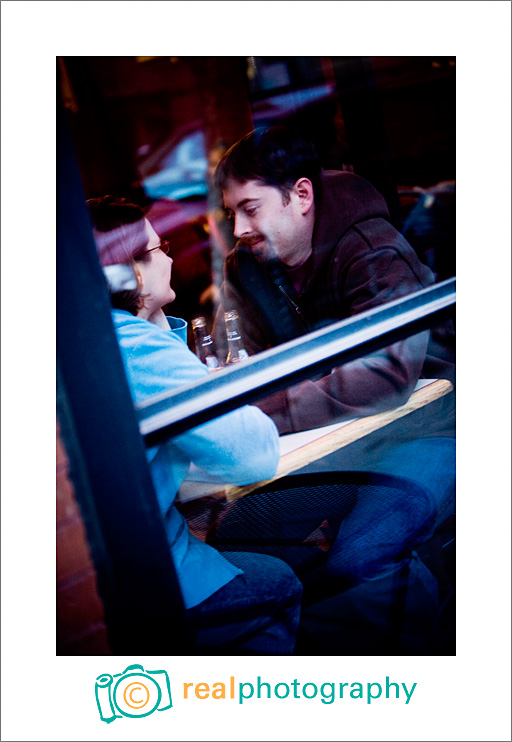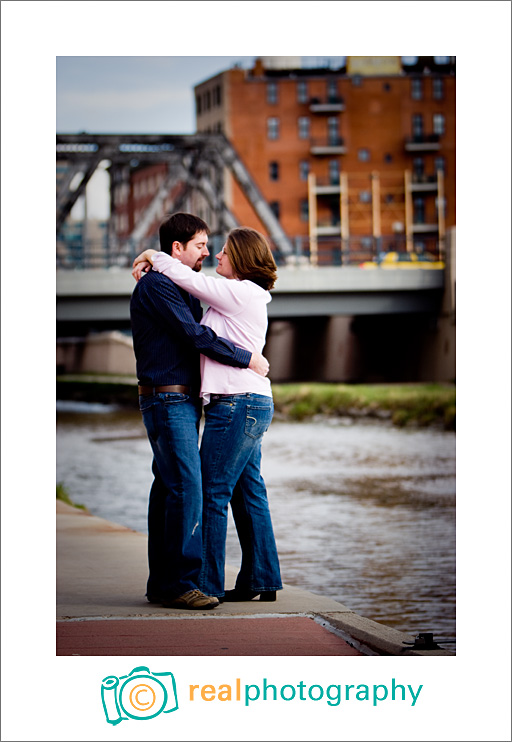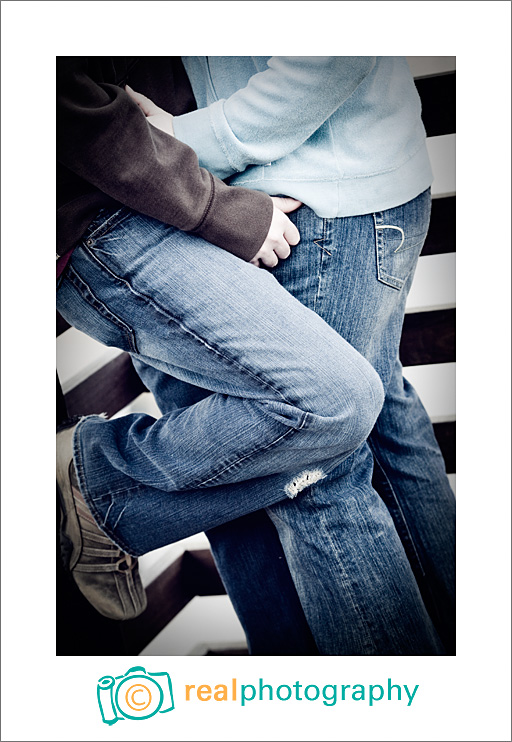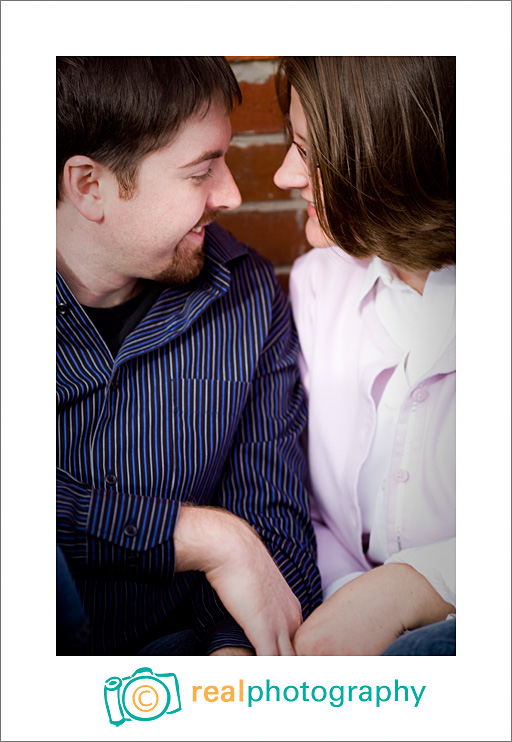Photography Tip Tuesday: Week #6 – Lenses (part 1)
Apr 08, 2008
Hurray! It’s the day to talk about lenses!
Last week for Photography Tip Tuesday I covered advice for purchasing a camera. This week we get to talk about my favorite subject: lenses. There is a lot to say, so I’ll be breaking this “lesson” up over the course of the week so that no budding photographers give up and stop reading.
Lenses are important investments
Brace yourself: you will probably spend much more on lenses (or at the very least just as much) than you will on the camera body that holds them. But there is good news.
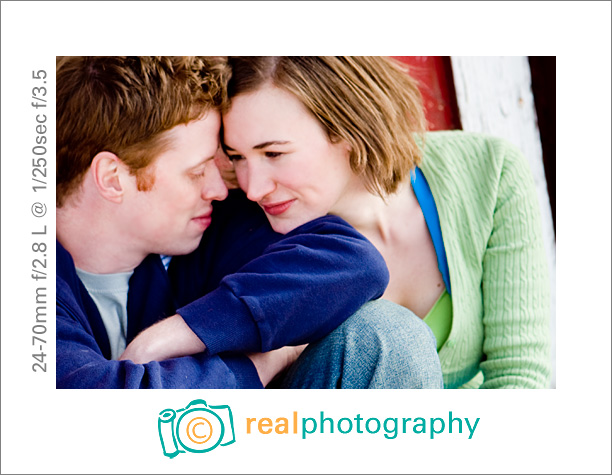
As I said last time, your dSLR is pretty much disposable. You purchase it, it will decline rapidly in value over the next couple of years, and then you’ll upgrade to a newer better model that has made your old body seem ridiculously slow, noisey, and old in comparison (not unlike a first wife–ha ha ha).
Lenses are much better investments. As long as you keep the lens in great condition, you can expect to sell it on ebay or a photography forum and lose only $50-$100! If you purchased the lens on sale or with a rebate, you can even expect to charge what you bought it for–I recently sold a lens for the exact price I purchased it for–all I lost was the shipping fee of $15 (not a bad price for using a lens for five months)!
This is a great argument for purchasing less camera than you can afford in order to buy better lenses than you can afford. When allocating money, the emphasis is safely placed on your lenses–it’s money you can get back. Not to mention that a fantastic lens will make a bigger difference on your images than whether you shoot with a 40d or 5d.
The numbers
When you shop for lenses, the numbers at first look a little alien. Let’s use one of my favorite general-purpose lenses as an example:
Canon 24-70mm f/2.8 L
The Canon part is easy–it’s a Canon lens. The “L” at the end stands for “luxury” and means it’s an L series lens–the optics and build quality of the lens are professional. L series lenses also either have a red stripe at the end or are cream all over. This is so that when you’re out and about with your lens other people can ooh and ahh over how awesome you are for having an L series lens. :P
Focal Length
The first set of numbers (24-70) is the focal length of the lens. The higher the number, the more zoomed in you are.
50mm is considered the “normal” focal length. When you look through a 50mm lens, you see what your eye sees. Anything larger is “telephoto” (or seems “zoomed in”) and anything less is “wide.”

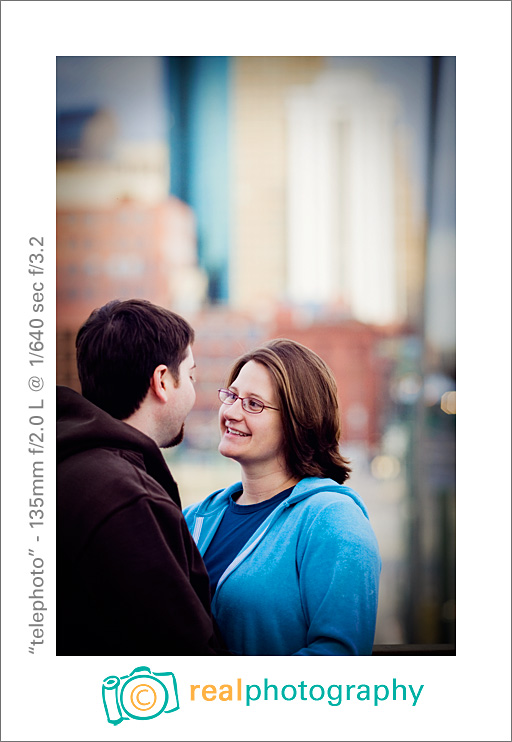
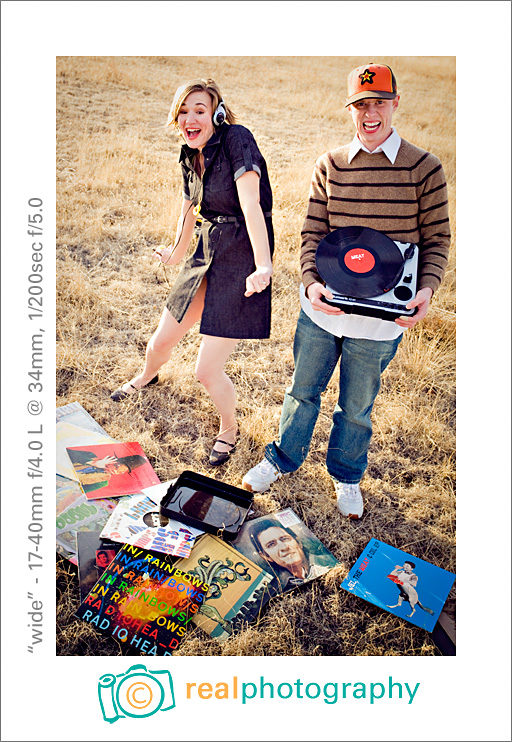
These guidelines are based on 35mm film cameras. Most dSLRs have a “crop factor.” (The notable exceptions to this rule are the Canon 5d and Nikon D3). In the case of the Rebel, and 20/30/40ds, they are 1.6 FOVCF bodies, meaning any lens focal length will need to be multiplied by 1.6 to find out its real focal length on that camera body.
So, a 50mm lens isn’t really a normal lens on a Rebel, because it acts like an 80mm (50mm x 1.6) lens.
The next number–aperture
When we bought our first two lenses, I thought we were set for life. We had a 20d, a 24-70 f/2.8 L, and a 70-200 f/4 L lens. In my thinking, we had 38mm-320mm covered (remember that 1.6 FOVCF). We were set. (Luckily Nic knew better and bought me my first fast prime lens–the 50mm f/1.4…and then I was hooked.)
A lot of newbies make that same mistake–looking only at the first set of numbers. The second number, the one after the “f/” is equally important, because it affects how much light you need to take a decent photo without flash.
The lower this number, the wider your lens can open. Why does this matter?
When your lens has a narrow opening, you get a large depth of field–your foreground will be in focus, as well as your background. But because only a little light is getting through, your shutter speed will need to be longer. When your lens has a big opening, your subject will be in focus, but everything else will be blurry. Much more light is able to get in, so you are able to have a much shorter shutter speed.
This is why lenses with a large maximum opening (like f/2.8 or lower) are called “fast” lenses–because they have the ability to open up wide and allow lots of light in, they can have short shutter speeds.
Time for examples. For this group shot, everything is in focus–the feet in front, to the grass in the back.
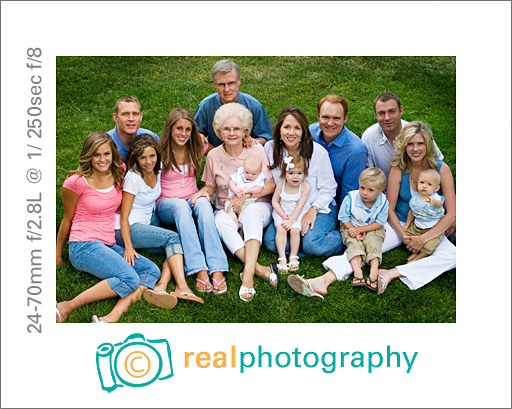
This shot shows a much narrower depth of field–only the front pamphlet is in focus. The rest melt into the background:
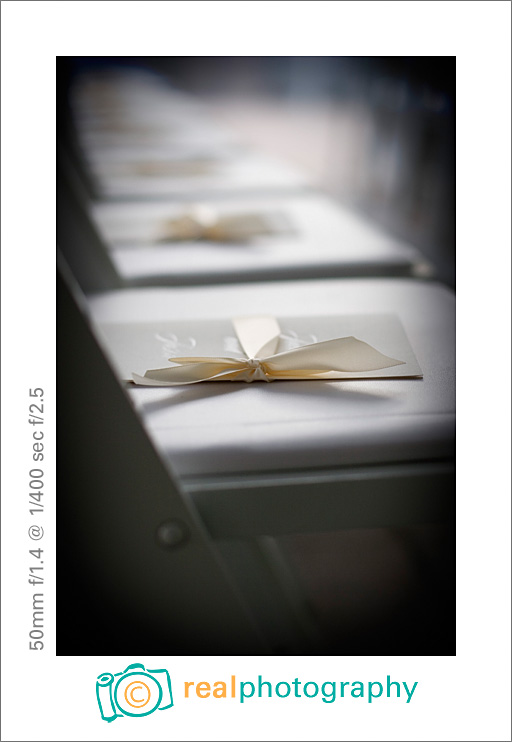
Why wide apertures are awesome
When the aperture is wide, not only do you get beautiful background blur (called “bokeh”)…
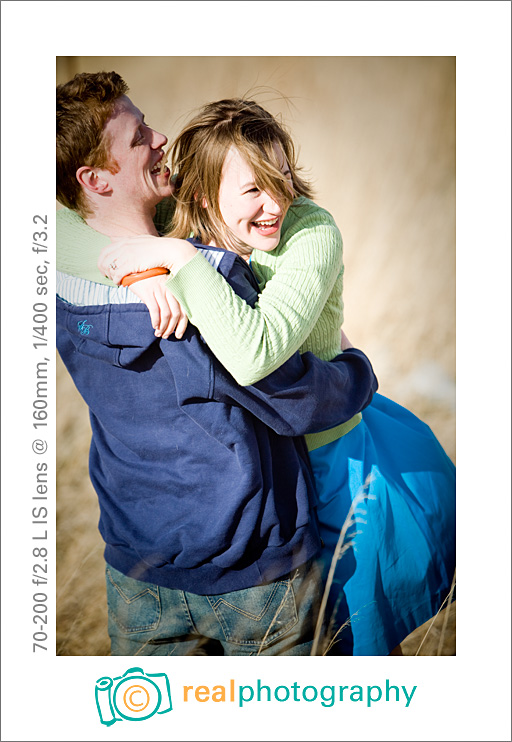
…but you have a lot more flexibility indoors and at night. In dark situations your lens will let in enough light that you can still have reasonably short shutter speeds.
The difference at the low end of these numbers is huge. The difference between f/16 and f/11 sounds like a lot, but it is really only one stop of light. f/2.8 and f/2.0 also represents a one stop difference. If the kit lens that a camera comes with is an f/5.6, the difference between it and a good fast lens like the 50mm f/1.4 is four stops of light! You would need a shutter speed four times slower with the f/5.6 lens than with the f/1.4 lens…and that will kill you indoors!
“Image stabilized” or “vibration reduction” lenses [as with the 18-55mm example] compensate for that hand shake, but they won’t compensate for your subject moving all over the place [as with a child]. Image stabilization isn’t a reliable substitute for a fast lens, but it is a great complement.
What is a reasonably short shutter speed?
The minimum shutter speed you can use without getting “hand shake” (blur from your own movement) is relative to your focal length. There is an easy mathematical trick for knowing what your minimum shutter speed is when holding a camera:
1/your focal length
If you have a 50mm lens on a 1.6 FOVCF body, the slowest you want your shutter speed is 1/80 sec. (In this shot I braced myself, held really still and squeezed 1/50 sec out of it)
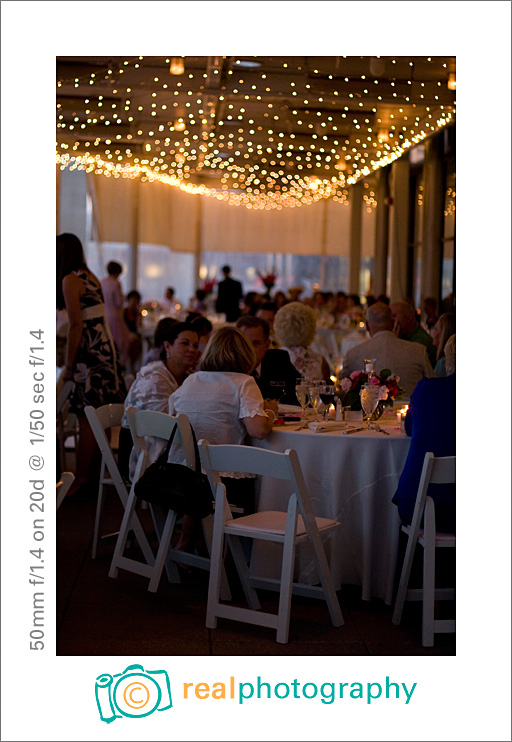
Whew!
I could go on and on and on (and will in the coming days), but for now that is the basic info. Next I’ll cover the lenses in my bag (and the ones that once lived there) and then finally my recommendations for different situations and budgets.
Posted in Baby Photographer, Engagement Portrait Photographer, Family Photographer, Photographer Tips


